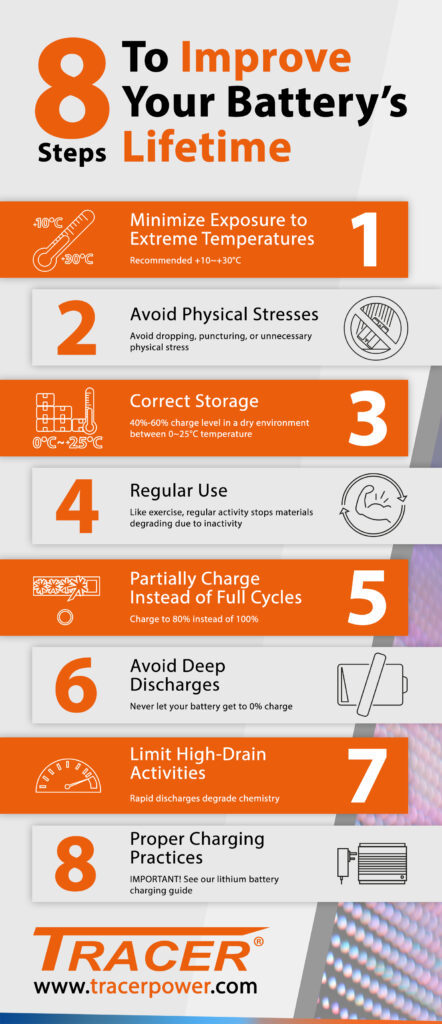Improving the lifetime of rechargeable lithium (Li-Ion, LiFePO4 & LiPo) batteries is crucial to maximizing their performance and longevity. Here are eight steps you can take to extend the lifespan of lithium-ion batteries:
For the sake of making the following easier to read, we’ve referred to rechargeable lithium batteries as Li-Ion. this includes Lithium-Ion, Lithium Iron Phosphate and Lithium Polymer chemistries.
1. Minimize Exposure to Extreme Temperatures:
Exposing lithium-ion batteries to high temperatures, whether during storage or use, can significantly accelerate their degradation. Heat can cause chemical reactions within the battery that lead to capacity loss and reduced lifespan. Avoid leaving your device in direct sunlight, hot cars, or any environment with excessive heat. If possible, store and use your devices in moderate temperature conditions to prevent unnecessary stress on the battery. Although they can perform well beyond these temperature ranges, we recommend trying to keep you batteries between +10~+30°C.
2. Avoid Physical Stress:
Avoid dropping, puncturing, or subjecting your device to unnecessary physical stress. Physical damage can compromise the battery’s integrity and safety.
3. Correct Storage:
If you’re storing a device with a lithium-ion battery for an extended period, store it with a charge between 40% and 60%. Extreme low or high charge levels during storage can degrade the battery. Storage conditions should be dry & well ventilated and between 0~+30°C. See your battery’s data sheet for correct storage temperatures and the recommended time periods.
4. Regular Use:
Lithium-ion batteries actually benefit from regular use. If you have a device with a lithium-ion battery that you don’t use often, it’s a good idea to charge and discharge it every few weeks to keep the battery active. At an absolute maximum you should cycle your battery every 6 months.
When a lithium-ion battery remains at very low charge levels for extended periods, a phenomenon called lithium plating can occur. This is when lithium ions start to accumulate on the battery’s anode instead of being used for energy storage. Over time, this can lead to reduced capacity and performance.
5. Partial Charging Instead of Full Cycles:
Lithium-ion batteries don’t need to be fully discharged and charged in a single cycle. In fact, it’s better for their lifespan if you do partial charges, such as charging from 20% to 80% instead of 0% to 100%.
6. Avoid Deep Discharges:
Allowing your battery to fully discharge regularly can be detrimental to its lifespan. Try to recharge your device before it reaches critically low levels.
7. Limit High-Drain Activities:
High-drain activities are tasks that demand a significant amount of power from the battery in a short period. It’s advisable to remain below the maximum continuous discharge levels to extend your battery life. While modern lithium-ion batteries are designed to handle these activities, and Tracer Power batteries can deliver Max Peak Current Pulses much higher than the maximum continuous discharge current, engaging in these conditions regularly will impact the overall lifetime of the battery.
8. Proper Charging Practices
See our Li-ion charging safety for a comprehensive guide to charging your Battery correctly to improve performance, safely.
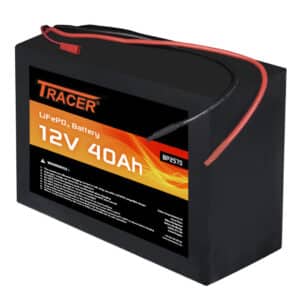 Tracer 12V 40Ah LiFePO4 Battery Module
Tracer 12V 40Ah LiFePO4 Battery Module Tracer 12V 80Ah LiFePO4 Battery Module
Tracer 12V 80Ah LiFePO4 Battery Module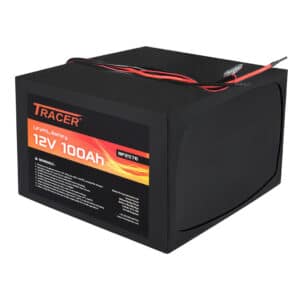 Tracer 12V 100Ah LiFePO4 Battery Module
Tracer 12V 100Ah LiFePO4 Battery Module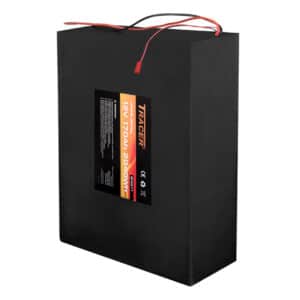 Tracer 12V 170Ah LiFePO4 Battery Module
Tracer 12V 170Ah LiFePO4 Battery Module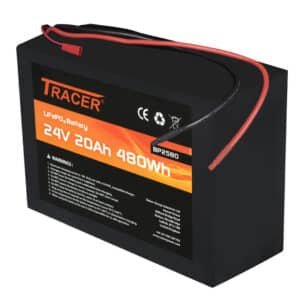 Tracer 24V 20Ah LiFePO4 Battery Module
Tracer 24V 20Ah LiFePO4 Battery Module Tracer 12V 40Ah LiFePO4 Carry Case Kit
Tracer 12V 40Ah LiFePO4 Carry Case Kit Tracer 12V 80Ah LiFePO4 Carry Case Kit
Tracer 12V 80Ah LiFePO4 Carry Case Kit Tracer 12V 100Ah LiFePO4 Carry Case Kit
Tracer 12V 100Ah LiFePO4 Carry Case Kit Tracer 12V 170Ah LiFePO4 Carry Case Kit
Tracer 12V 170Ah LiFePO4 Carry Case Kit Tracer 24V 20Ah LiFePO4 Carry Case Kit
Tracer 24V 20Ah LiFePO4 Carry Case Kit
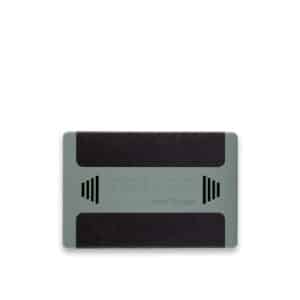 Tracer 12V 4Ah Lithium Polymer Battery Pack
Tracer 12V 4Ah Lithium Polymer Battery Pack Tracer 12V 8Ah Lithium Polymer Battery Pack
Tracer 12V 8Ah Lithium Polymer Battery Pack Tracer 12V 10Ah Lithium Polymer Battery Pack
Tracer 12V 10Ah Lithium Polymer Battery Pack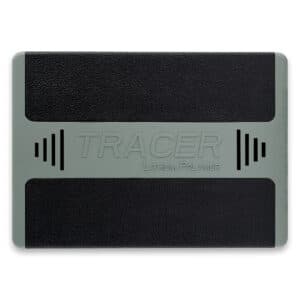 Tracer 12V 14Ah Lithium Polymer Battery Pack
Tracer 12V 14Ah Lithium Polymer Battery Pack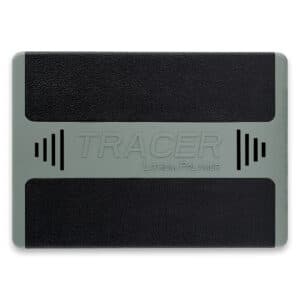 Tracer 12V 22Ah Lithium Polymer Battery Pack
Tracer 12V 22Ah Lithium Polymer Battery Pack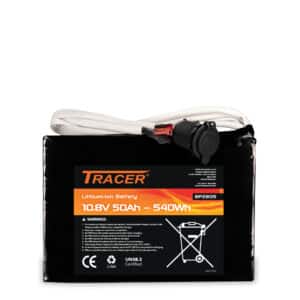 Tracer 12V 50Ah Lithium-Ion Battery Module
Tracer 12V 50Ah Lithium-Ion Battery Module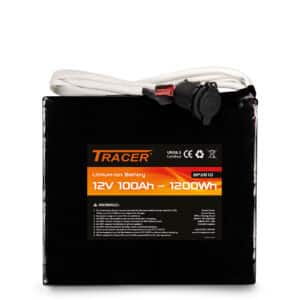 Tracer 12V 100Ah Lithium-Ion Battery Module
Tracer 12V 100Ah Lithium-Ion Battery Module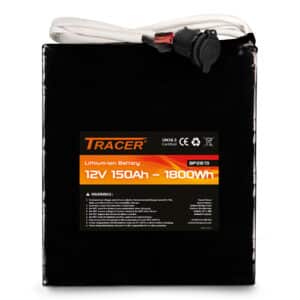 Tracer 12V 150Ah Lithium-Ion Battery Module
Tracer 12V 150Ah Lithium-Ion Battery Module Tracer 12V 50Ah Lithium-Ion Carry Case Kit
Tracer 12V 50Ah Lithium-Ion Carry Case Kit Tracer 12V 100Ah Lithium-Ion Carry Case Kit
Tracer 12V 100Ah Lithium-Ion Carry Case Kit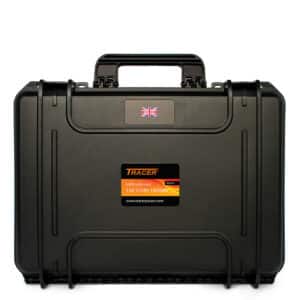 Tracer 12V 150Ah Lithium-Ion Carry Case Kit
Tracer 12V 150Ah Lithium-Ion Carry Case Kit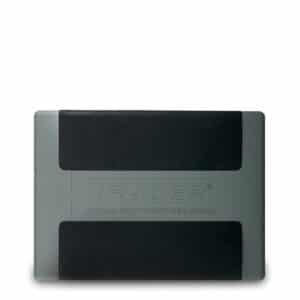 Tracer 12V 7Ah LiFePO4 Battery Pack
Tracer 12V 7Ah LiFePO4 Battery Pack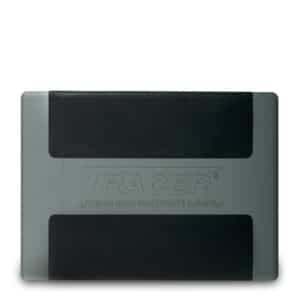 Tracer 12V 16Ah LiFePO4 Battery Pack
Tracer 12V 16Ah LiFePO4 Battery Pack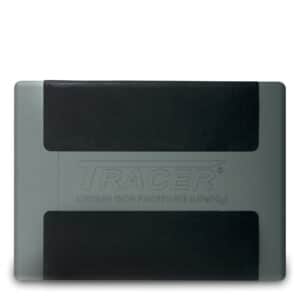 Tracer 12V 24Ah LiFePO4 Battery Pack
Tracer 12V 24Ah LiFePO4 Battery Pack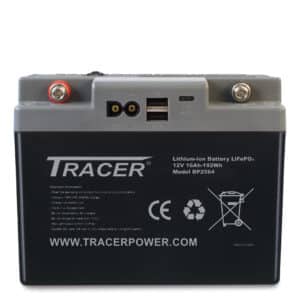 Tracer 12V 16Ah LiFePO4 Battery Pack with Grab Handle
Tracer 12V 16Ah LiFePO4 Battery Pack with Grab Handle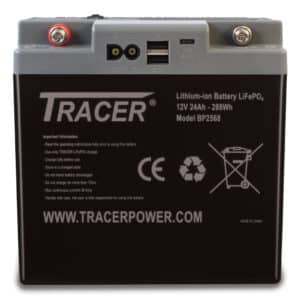 Tracer 12V 24Ah LiFePO4 Battery Pack with Grab Handle
Tracer 12V 24Ah LiFePO4 Battery Pack with Grab Handle Tracer 24V 8Ah LiFePO4 Battery Pack with Grab Handle
Tracer 24V 8Ah LiFePO4 Battery Pack with Grab Handle
